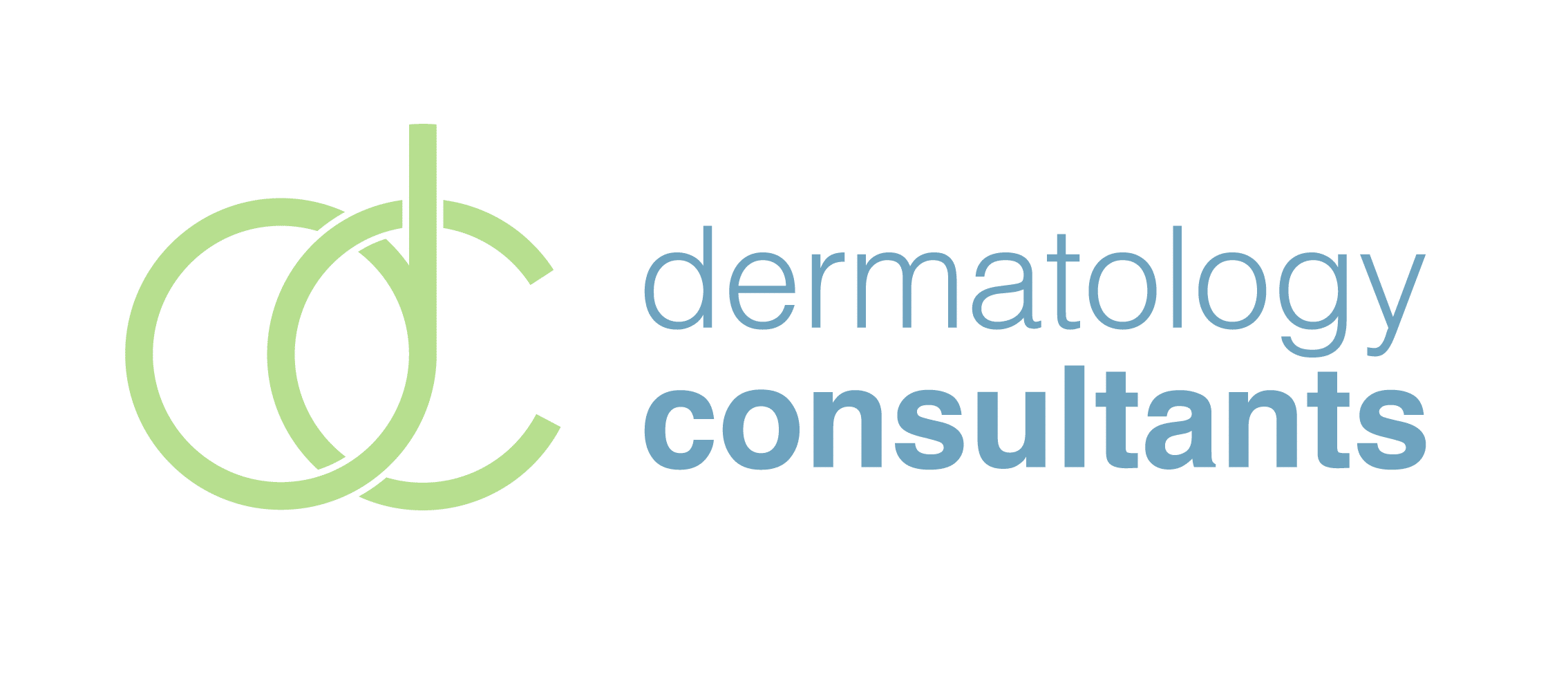What is the Pain Level for Restylane?
Your physician can use a multi-pronged approach to minimize the pain you experience during Restylane injections so that you can tolerate the treatment well, and enjoy the rejuvenating effects of this popular filler type.
Here’s what your dermatologist will do prior to your Restylane treatment for your greater comfort level:
- Your doctor can apply a topical numbing cream to your treatment area, which dulls all sensation and makes the next step, as well as the following pain-reducing steps and Restylane injections far more pain free. (some patients have such a high pain tolerance level that they opt to skip the topical numbing cream and just have their treatment area iced before the next step.)
- You’ll get two tiny needle pricks, one per side of your lip or nasolabial fold, or above and below, to anesthetize the infra-orbital nerves, and two tiny needle pricks to numb the mental nerves. These injections may be called ‘nerve blocks,’ and they can make your Restylane treatment very bearable, if not completely pain-free.
- Restylane contains lidocaine, which is a numbing agent all on its own, further reducing pain levels during treatment. Your first injection may sting a little bit, and the following injections are very likely to hurt less and less, thanks to the lidocaine working at each injection, in tandem with the additional pain-reducing methods your doctor uses.
- After your Restylane treatment session is done, your doctor will likely ice your treatment area to help reduce swelling and keep any bleeding to a minimum.
After your treatment, you may have some swelling, redness, bruising, tenderness and pain, which are most often mild in severity and normally last fewer than 7 days in your nasolabial folds and fewer than 14 days in your lips. Swelling is more likely to be an issue for you if you’re under 35 years old, while bruising is more likely in patients over 35. Everyone is different, of course, and you may have a tendency to bruise more easily, or your skin may hold on to some redness for a few days while other people who have gotten Restylane were bruise and redness-free in just a few days. Talk to your doctor about your natural tendency to bruise or swell after any kinds of treatments you’ve had; your doctor will be better able to advise you on your post-treatment recovery plan with this personalized information about how your body handles injections and procedures.
Here are some tips to help your post-injection recovery progress safely and perhaps a bit more quickly:
Before treatment
- Avoid using aspirin, nonsteroidal anti-inflammatory medications (such as ibuprofen), St. John’s wort, or high doses of vitamin E supplements. These medications may increase bruising and bleeding at the injection site or sites.
- Talk with your healthcare professional if you have previously suffered from facial cold sores. He or she may prescribe a medication to minimize recurrence after your Restylane treatment.
After treatment
- Use cold compresses to reduce swelling.
- Avoid touching the treated area for the first six hours following treatment, so that you do not accidentally injure your skin while the area is numb or cause an infection. After six hours, the area can be gently washed with soap and water.
- Avoid exposure to intense heat (sun lamp or sunbathing) or cold.
- Do not apply cosmetics or lotions to the treated area right away. Your doctor can tell you when it’s safest and most advisable to apply any beauty products to your face.
- Continue to avoid taking aspirin, nonsteroidal anti-inflammatory medications (such as ibuprofen), St John’s wort, or high doses of vitamin E supplements for one week after treatment. Again, these may increase bruising and bleeding.
- Call your doctor if you experience pain or swelling for longer than expected, and remember to make a follow-up appointment in any case.
Find more:
https://www.realself.com/question/painful-restylane-injections
https://restylaneusa.com/treat-wrinkles-and-folds/wrinkle-treatment-process.aspx





